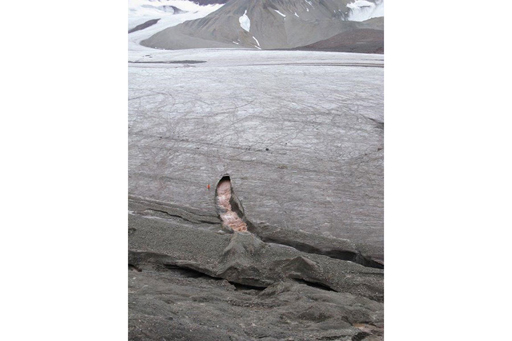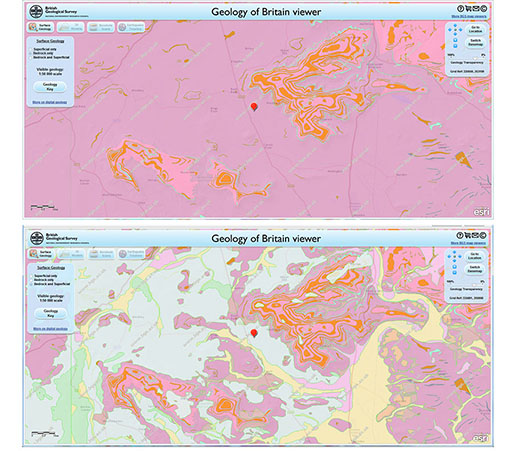4.3 Ice ages build the modern world
The Earth has gone through a number of ice ages. In fact, we are in an ice age at the moment. An ice age just means that there is ice all year round at the North and South Pole, but many of us think of ice ages as times when huge ice sheets, kilometres thick, covered much of northern Europe, Russia and North America. The last ice age like this finished about 12,000 years ago.

When these huge ice sheets move across the ground they tear and rip up rocks. At the melting edges of these ice sheets, huge amounts of water come rushing out, carrying some of the rocks with it. When the ice sheets started to melt for the final time and retreated northwards towards the poles, all the rocky material that was stored within them was deposited on the ground. In vast areas of North America and northern Europe, the geology is covered with material deposited by these huge ice sheets. On a geological map this is called ‘drift’.

